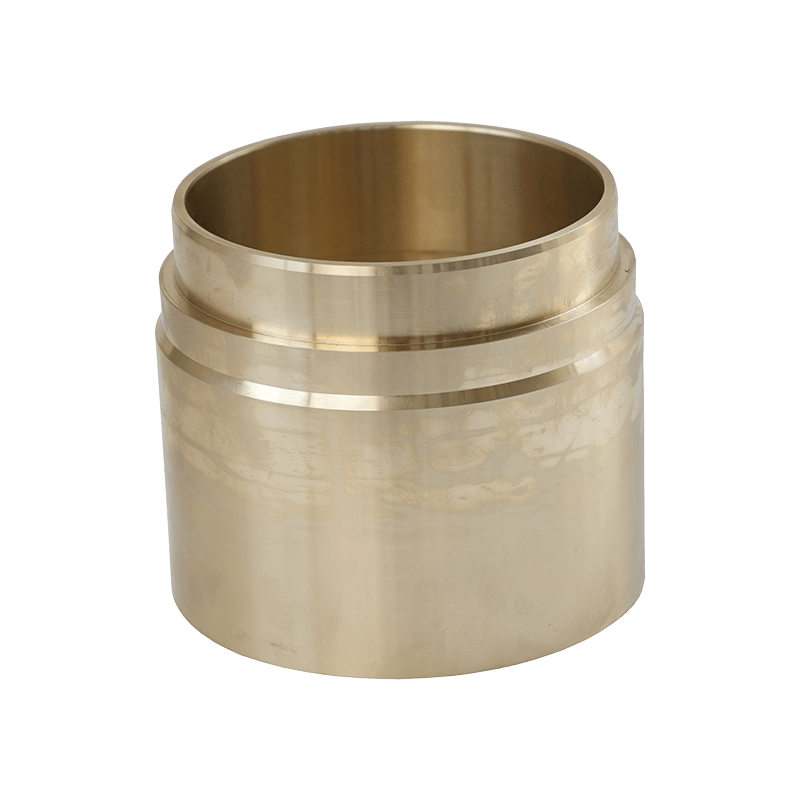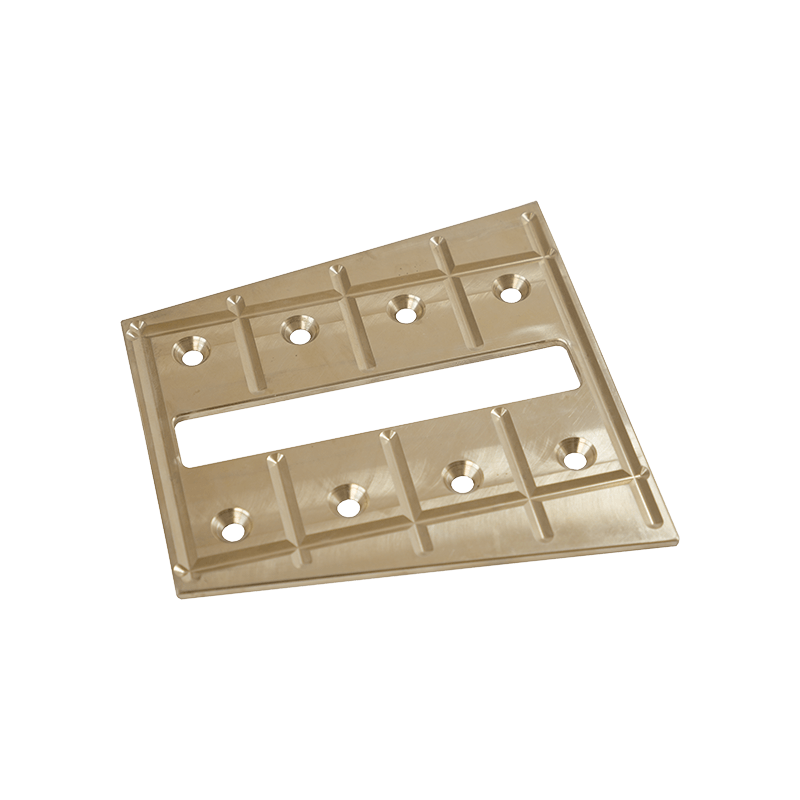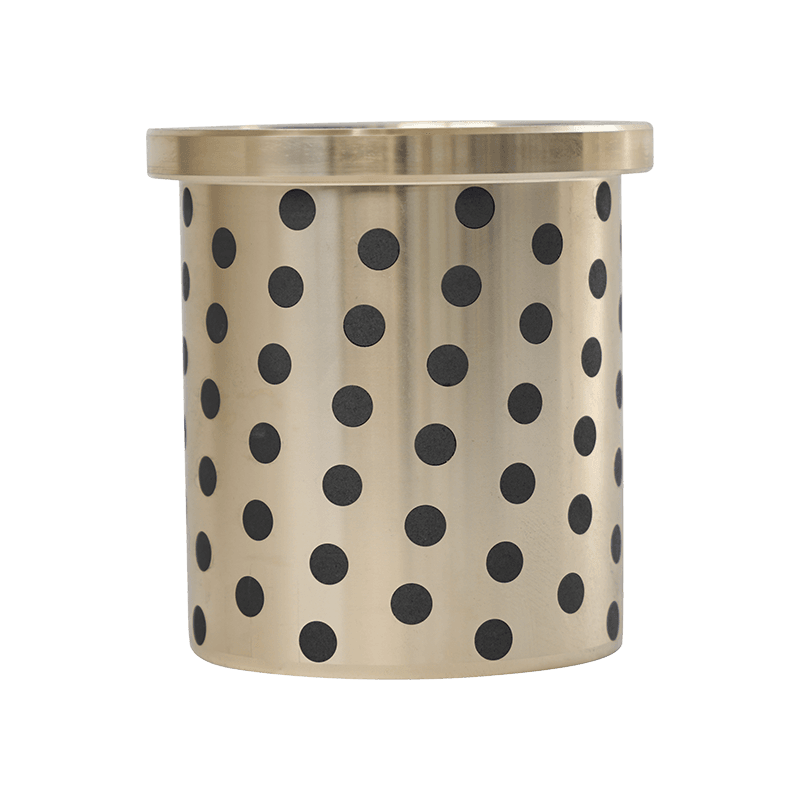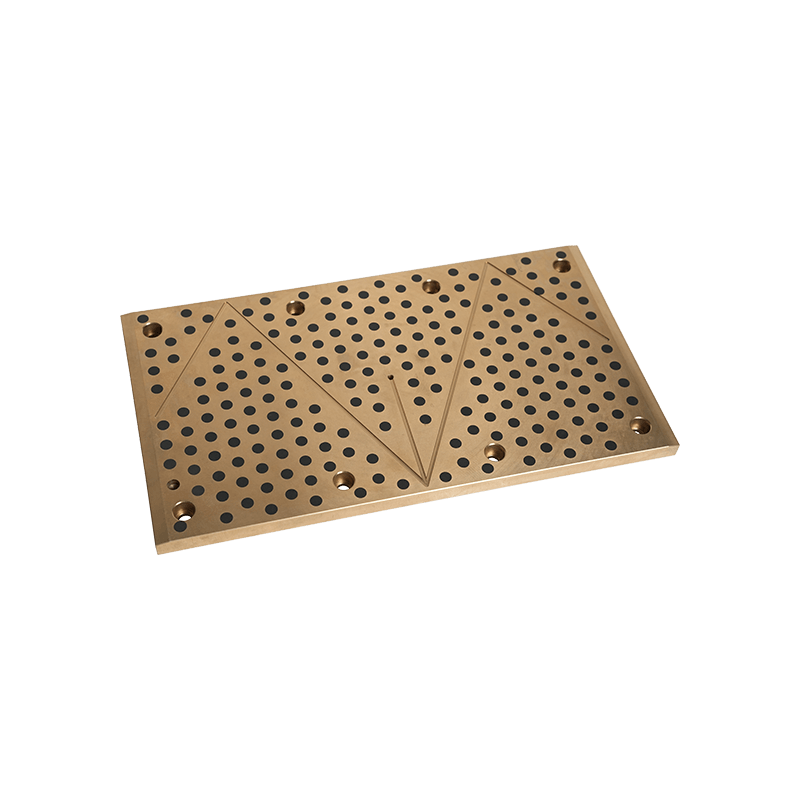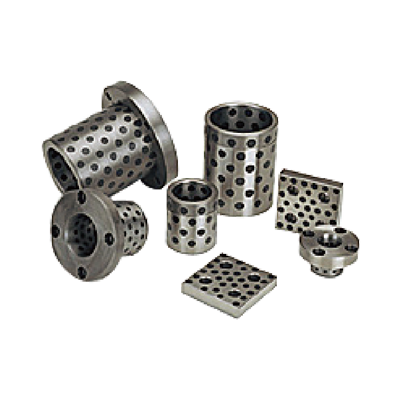Composite metal self-lubricating materials are advanced engineering materials designed to reduce friction and wear without relying on external liquid lubricants such as oil or grease. These materials are essential in applications where maintenance is difficult, operating conditions are extreme (high temperature, vacuum, or corrosive environments), or where contamination from traditional lubricants must be avoided. The self-lubricating function is achieved through a carefully engineered combination of materials. Below are the primary components and materials used in composite metal self-lubricating systems, presented in a structured, point-by-point format.
1. Metallic Matrix (Base Material)
The metallic matrix provides mechanical strength, load-bearing capacity, thermal conductivity, and structural integrity. Common matrix materials include:
Bronze (Cu-Sn alloys): Most widely used due to its excellent wear resistance, good machinability, and ability to retain solid lubricants. Porous bronze is often used as a scaffold for infiltrating lubricants.
Steel (Carbon or Stainless Steel): Used in high-strength applications. Steel-based composites are often coated or impregnated with lubricants.
Copper and Copper Alloys: Offer high thermal and electrical conductivity, suitable for electrical sliding contacts.
Aluminum Alloys: Lightweight and corrosion-resistant, used in aerospace and automotive applications where weight reduction is critical.
Iron-Based Alloys: Cost-effective and strong, often used in industrial bushings and bearings.
The matrix is typically manufactured using powder metallurgy techniques—mixing metal powders, compacting them under pressure, and sintering at high temperatures to form a porous or dense structure.
2. Solid Lubricants (Primary Friction-Reducing Agents)
These are embedded within the metallic matrix and gradually released to the surface during operation, forming a low-shear film that reduces friction. Key solid lubricants include:
Graphite: A carbon-based lubricant effective in oxidizing environments and at elevated temperatures (up to 400°C in air). It works well in humid conditions where water vapor helps form lubricating films. Often used in copper- or iron-based composites.
Molybdenum Disulfide (MoS₂): Known for its lamellar crystal structure, MoS₂ provides excellent lubrication under high loads and in vacuum or dry environments. It is stable up to 350°C in air and is widely used in aerospace and defense applications.
Polytetrafluoroethylene (PTFE): A synthetic fluoropolymer with one of the lowest coefficients of friction. It is soft and effective at low to moderate temperatures (up to 260°C). PTFE is often blended with other lubricants to enhance performance.
Tungsten Disulfide (WS₂): Similar to MoS₂ but with higher thermal stability and better performance in extreme conditions. Less common due to higher cost.
Hexagonal Boron Nitride (h-BN): Known as "white graphite," it provides lubrication at high temperatures and in inert environments.
These lubricants are dispersed throughout the matrix during manufacturing and are gradually exposed as the surface wears, ensuring long-term lubrication.
3. Additives and Alloying Elements
To enhance performance, additional materials are incorporated into the composite:
Lead (Pb): Historically used for its softness, embeddability, and ability to form a lubricating film. However, due to environmental and health concerns (RoHS compliance), lead-free alternatives are now preferred.
Tin (Sn): Improves corrosion resistance and compatibility with shaft materials. Often added to bronze alloys.
Zinc (Zn) and Nickel (Ni): Enhance strength and corrosion resistance in iron-based composites.
Silicon Carbide (SiC) or Aluminum Oxide (Al₂O₃): Ceramic reinforcements that increase hardness, wear resistance, and thermal stability, especially in high-load applications.
4. Manufacturing Methods Influencing Material Composition
The method of production affects the final material structure and performance:
Powder Metallurgy: The most common method. Metal powders are mixed with solid lubricants and additives, pressed into shape, and sintered. This creates a uniform distribution of lubricants within a porous or dense metal structure.
Infiltration: Porous metal preforms (e.g., sintered bronze) are infiltrated with molten lubricants or low-melting-point alloys (e.g., lead-tin) to fill pores and enhance lubrication.
Plasma Spraying or Thermal Spraying: Used to deposit self-lubricating coatings onto metal surfaces, combining metals and lubricants in layered structures.
Additive Manufacturing (3D Printing): Emerging technique allowing precise control over material distribution and complex geometries.
5. Applications and Performance Advantages
Composite metal self-lubricating materials are used in:
Bearings and bushings in automotive engines and transmissions
Sliding components in construction and agricultural machinery
Aerospace mechanisms (e.g., landing gear, control systems)
Industrial automation and robotics
Marine and offshore equipment exposed to moisture and salt
Advantages include:
Reduced maintenance and downtime
Operation in extreme temperatures and environments
Resistance to contamination and sealing issues
Long service life under continuous sliding conditions
Composite metal self-lubricating materials are complex systems combining a strong metallic matrix (bronze, steel, copper, etc.), solid lubricants (graphite, MoS₂, PTFE), and performance-enhancing additives. Through advanced manufacturing, these materials deliver reliable, maintenance-free operation in demanding applications. As industries move toward greener, more efficient technologies, the development of lead-free, high-performance composites continues to grow, ensuring their critical role in modern mechanical engineering.
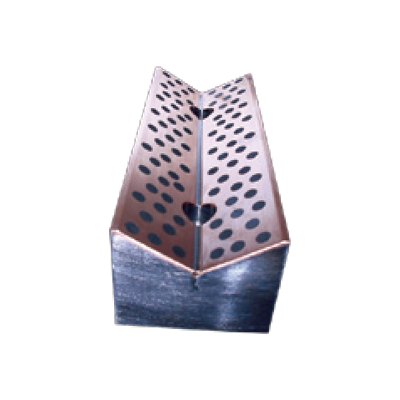

 English
English Deutsch
Deutsch Español
Español русский
русский

 +0086-513-88690066
+0086-513-88690066